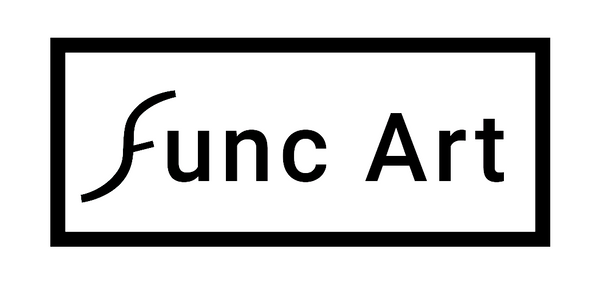
The Artist behind the Art
Born and raised in San Diego, Nathan Siefken is a tinkerer, and a sports and technology enthusiast. Nathan's work reflects his passion for integrating digital technology with analog aesthetics to produce functional, engaging art pieces.
Hybrid Functionalism Manifesto
Introduction
- In a world increasingly dominated by digital overload, we strive for a harmonious balance between technology and tactile, analog experiences. Hybrid Functionalism emerges as a response to this digital saturation, offering a new genre of art that integrates the precision and capabilities of digital technology with the timeless appeal and simplicity of analog design.
Core Principles
- Digital-Assisted Analog Technology Hybrid Functionalism utilizes digital technology for data input and initial setup but ensures the main user interaction remains analog. This blend preserves the tangibility and simplicity of traditional art forms while enhancing functionality.
- Functional Design Each piece created under Hybrid Functionalism serves a practical purpose beyond its aesthetic value. Art is not just to be observed but also to be interacted with, providing real-time information or useful functionality through analog means.
- Minimal Digital Interaction After the initial setup phase, digital interaction is minimized. This reduction in digital dependence encourages a more mindful, tactile engagement with the artwork.
- Nature Integration Hybrid Functionalism often incorporates elements of the natural world or real-time environmental data, such as weather or tidal information, to create a deeper connection between the observer and nature.
- Sustainable Practices Emphasizing eco-friendly materials and sustainable design principles, Hybrid Functionalism seeks to create art that is not only functional and beautiful but also environmentally responsible.
- Minimalist Aesthetics Prioritizing simplicity and clean lines, Hybrid Functionalism ensures that digital components do not overshadow the analog experience. The aesthetic focus is on elegance and clarity, reflecting the seamless integration of form and function.
Vision
Hybrid Functionalism envisions a future where art transcends the boundaries between digital and analog. It seeks to create a more balanced interaction with technology, promoting mindfulness and a deeper connection to the natural world. By blending the best of both worlds, Hybrid Functionalism aims to offer a reprieve from digital overload and foster a more engaging, tactile, and sustainable interaction with art.
Mission
- To create art that bridges the gap between digital precision and analog simplicity.
- To promote sustainable and eco-friendly practices in art and design.
- To foster a deeper connection between individuals and the natural world through art.
- To offer a mindful alternative to the digital overload of contemporary life.
Conclusion
Hybrid Functionalism stands as a testament to the harmonious integration of digital and analog elements. It celebrates the beauty of simplicity, the utility of functionality, and the importance of sustainable practices. By embracing this new genre, we can create art that is not only visually captivating but also deeply meaningful and relevant in our modern, technology-driven world.
